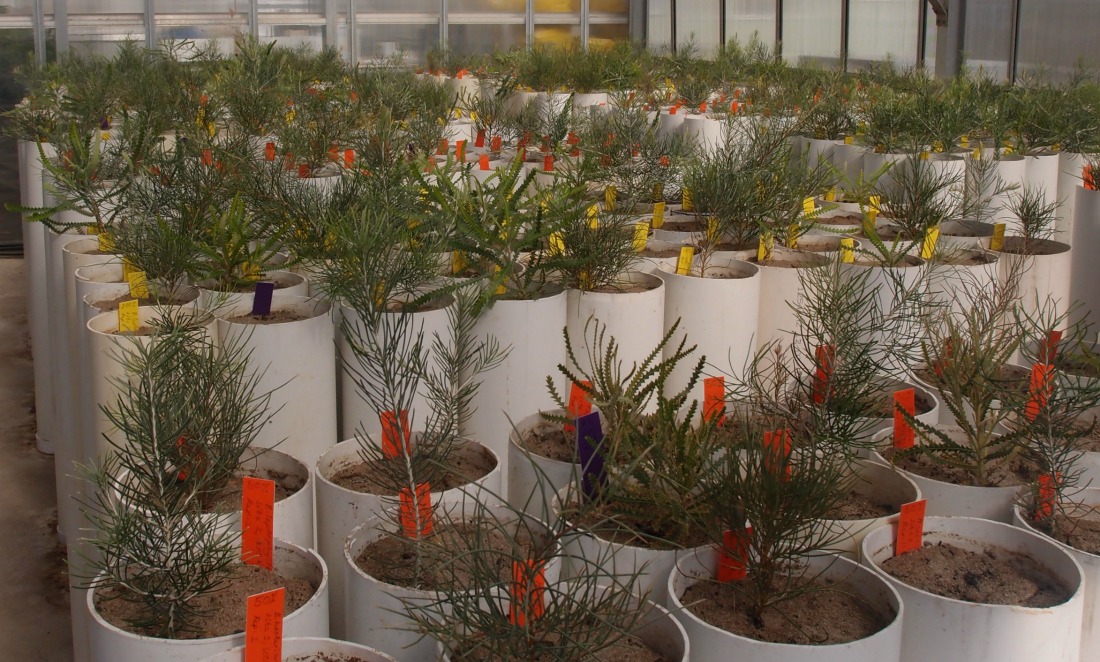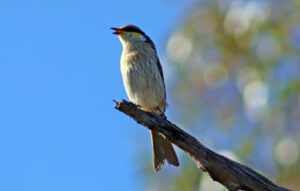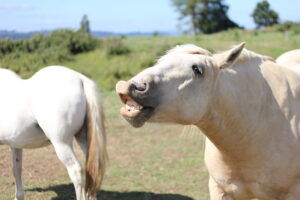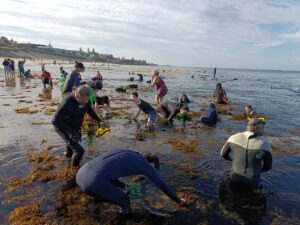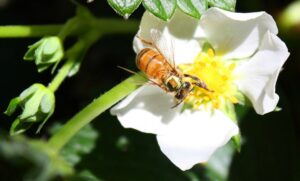Want tougher, more drought-resistant native plants? Treat ‘em mean.
Research by Curtin University PhD student Haylee D’Agui has found that plants established during a drought produce more drought-tolerant seedlings.
Haylee studied four species—two banksias and two hakeas—using seeds gathered from parent plants in Eneabba.
Half the parents had enjoyed a rainy start to life, while the rest grew up with drought.
For two weeks, Haylee offered her seedlings either 200 ml of water every second day, or half that.
Then she did no watering at all for three months.
She found the offspring of drought survivors grew longer roots, had greater water content in their leaves, and survived better than their pampered counterparts.
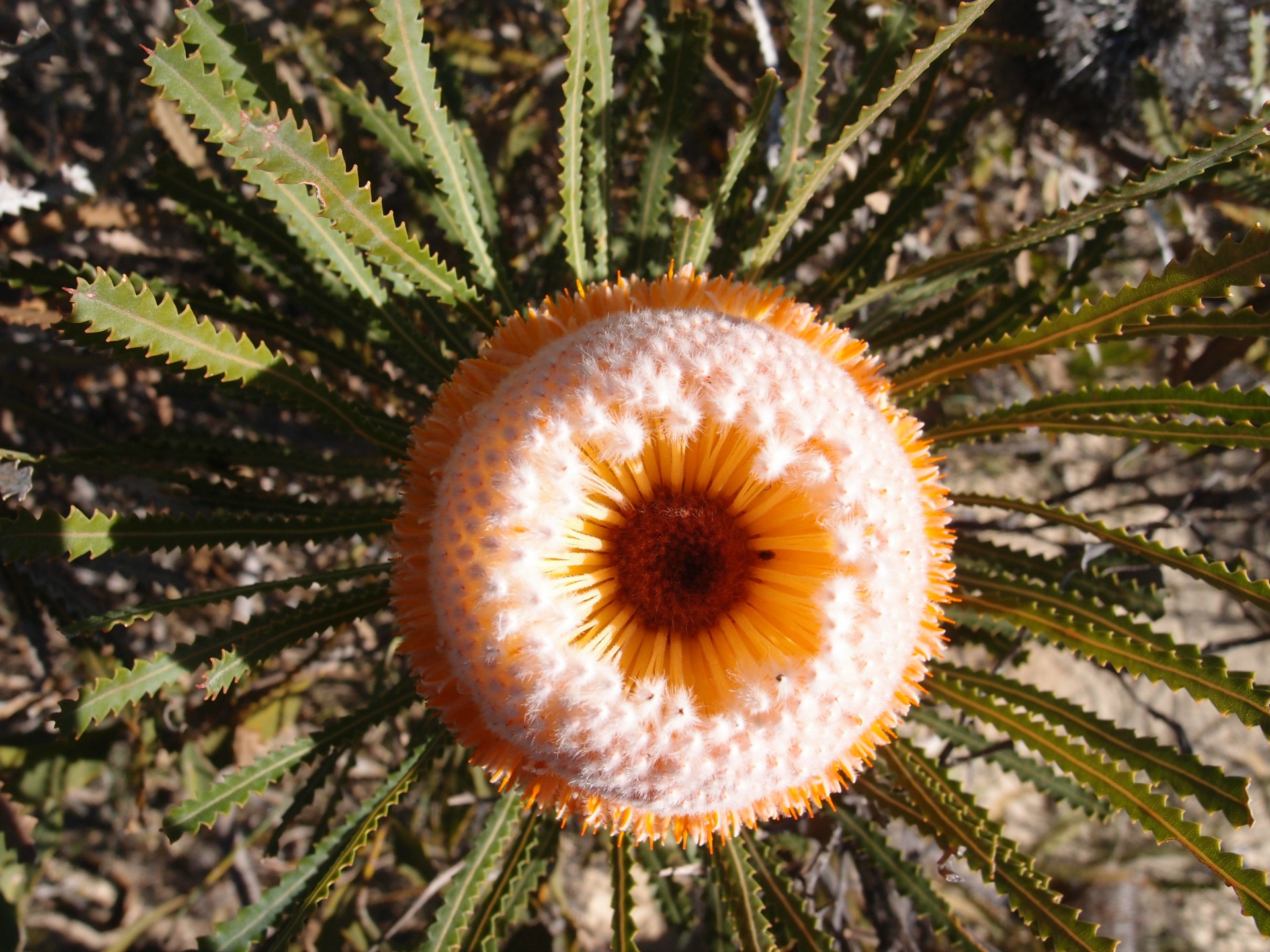
WHEN THE GOING GETS TOUGH, THE GENES START CHANGING
The differences in drought-resistant plants were more than skin-deep.
Haylee genetically analysed the drought-prone native—Banksia hookeriana—comparing individuals grown from drought-affected parents with those from well-watered parents.
She found 8% of the plant’s approximately 28 000 genes were expressed differently.
“If their parents had a stressful life, those seedlings used different pathways to regulate growth,” she explains.
“They had increased stress-avoidance pathways, and were able to direct their energies into surviving the drought, but with less growth.”
Drought-hardy plants also increased programmed cell death.
“The plant could recycle those unnecessary cells, directing that energy into more useful pathways,” explains Haylee.
But increasing drought-resistance reduced the plants’ overall genetic diversity, Haylee found.
“If you’re selecting for drought tolerance, for example, that might be at the expense of other traits,” she says.
“We need to maintain large plant populations, to keep up the genetic diversity, so you can have these changes occurring.”
RACE AGAINST CLIMATE CHANGE
Haylee’s always loved native plants, and says her results offer hope that they may be able to evolve fast enough to keep up with the demands of our changing climate.
“Perhaps there is a chance,” she says. “Perhaps they can survive. It depends how fast the changes occur, and how well we protect what is left.”
“The more biodiversity there is, the better the chances are of it surviving.”
WATER DEEP, NOT OFTEN
If you want your native plants to be more drought-resistant, give them a taste of drought.
“If a plant’s roots have to search for water, then they’ll keep going down, but if there’s plenty of water up top, they don’t need to keep growing,” explains Haylee, who grew her experimental seedlings in pots one metre tall.
“It was pretty crazy,” she says, “but when we harvested the plants, we found they’d well and truly reached the bottom of the pot.”



